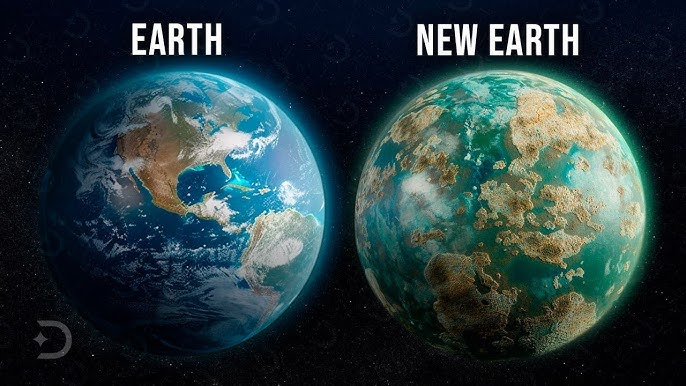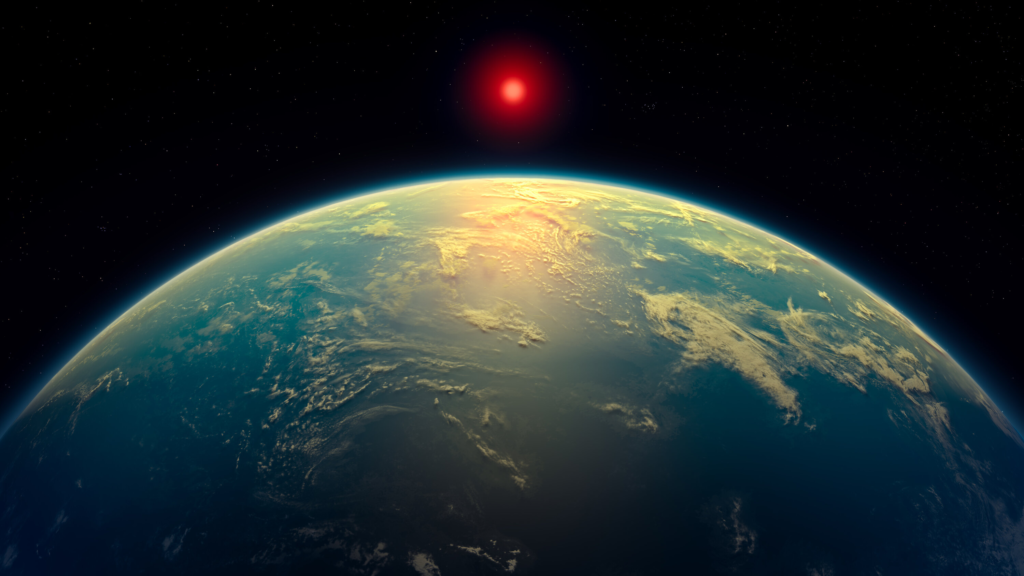In a breakthrough for astronomy and planetary science, a team of international scientists has detected a possible Earth-like exoplanet orbiting a nearby star system. This planet, located just 40 light-years from Earth, may have similar conditions to our home planet, sparking excitement among researchers and space enthusiasts alike.
This discovery could potentially reshape our understanding of the universe and raise new hopes in the search for life beyond Earth. The findings were announced following detailed observations using space-based and ground-based telescopes.
Read more about the discovery on NASA’s official exoplanet catalog.
What Is an Exoplanet?
An exoplanet is a planet that orbits a star outside our solar system. Thousands of these planets have been discovered since the first confirmed detection in the 1990s. While most exoplanets are vastly different from Earth, a small number appear to be in the “habitable zone”—the region around a star where conditions could allow liquid water to exist.

This new exoplanet seems to fall within this crucial range.
The Star System: A Close Cosmic Neighbor
The exoplanet orbits a red dwarf star known as Gliese 12, located about 40 light-years away in the constellation Pisces. Red dwarfs are smaller and cooler than our Sun but are known to host a variety of planets. Because Gliese 12 is relatively close, it allows scientists to gather more data with current technology.
The proximity of this system makes it an ideal target for future observations and even space missions.
Planet’s Conditions May Resemble Earth
The detected planet, now called Gliese 12 b, is roughly the size of Earth and orbits within the habitable zone of its star. Early data suggest the planet has a rocky surface and may support an atmosphere, though further research is needed to confirm this.
What makes Gliese 12 b particularly interesting is its potential surface temperature. Scientists estimate it to be around 42°C (108°F), which, while hot, still falls within a range that could allow for life under the right conditions.
Tools Behind the Discovery
The detection was made using a combination of methods, including the transit method, where scientists observe the slight dimming of a star as a planet passes in front of it. Data from NASA’s Transiting Exoplanet Survey Satellite (TESS) and Japan’s Subaru Telescope were crucial in confirming the planet’s existence.
This multi-instrument approach is becoming standard in exoplanet studies, helping to rule out false positives and improve the accuracy of findings.
Learn more about the instruments involved at NASA’s TESS mission site.
Why This Discovery Matters
The discovery of Gliese 12 b brings us closer to answering one of humanity’s oldest questions: Are we alone in the universe? While many exoplanets have been discovered, few have the characteristics that suggest they could support life.

According to Dr. Naomi Rowe-Gurney, one of the lead researchers, “This planet provides an excellent opportunity to study a world that might be similar to Earth but with enough differences to help us understand how planetary environments evolve.”
Could Humans Live There?
While it’s too early to say if Gliese 12 b could host human life, scientists are optimistic about what they might find next. The next step will be to study the planet’s atmosphere—if it has one.
Atmospheric studies can help determine if there are gases like oxygen, carbon dioxide, or methane, which may point to biological processes. Future observations with the James Webb Space Telescope (JWST) are planned to search for these clues.
You can explore the capabilities of the JWST here.
The Future of Exoplanet Exploration
The discovery of Gliese 12 b is part of a growing field of research that is rapidly expanding. In the past decade alone, scientists have confirmed over 5,000 exoplanets. However, finding one that checks all the boxes for habitability is rare.
Upcoming space missions like the European Space Agency’s PLATO and NASA’s Nancy Grace Roman Space Telescope will expand our reach, enabling even more precise detections of Earth-like planets in the near future.
Conclusion: A Giant Step in the Search for Life
The discovery of Gliese 12 b has reignited excitement in the field of astronomy. With its Earth-like size, location in the habitable zone, and proximity to our solar system, it stands out as a prime candidate for further study.
This milestone not only brings us closer to answering questions about life beyond Earth but also opens new possibilities for future exploration and maybe—one day—interstellar travel.
As Dr. Rowe-Gurney concluded, “This is just the beginning. With each new planet, we learn more about what it takes to create a world like our own.”
If you’re passionate about space science and want regular updates on planetary discoveries, visit NASA’s Exoplanet Exploration Program for the latest research and missions.
Also Read – Tesla’s Futuristic Cybertruck Hits Roads With Massive Demand






